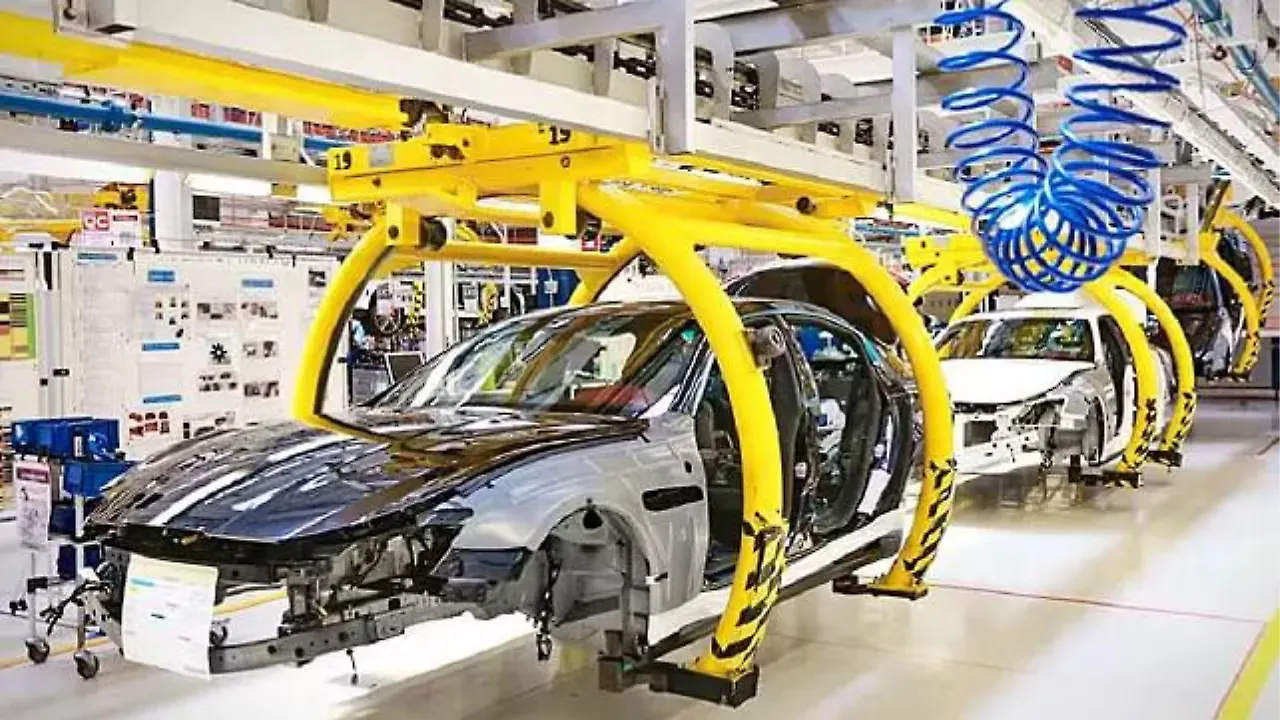
Automotive Sourcing Conclave organised by SIAM deliberated on working towards indigenising the low-hanging components that could be easily designed and produced in India.
Constant demand from customers for cutting-edge world-class features, even on affordable vehicles, has demanded more imports for mechanical and electronic components. The SIAM conclave outlined the challenges coming in the way of sourcing supply chain and discussed possible solutions to address them.
Supply Chain Critical
The Covid-induced lock-downs have forced the industry to realise that the supply-chain can cause disruptions to production and manufacturing. A delay in getting even the tiniest of the components could throw the entire assembly line off gear. There is, however, a silver-lining. The domestic manufacturers are acutely aware of the implication of the disruptions and are strengthening local sourcing channels. Nevertheless, the industry is still struggling with this transition.
In his inaugural address, Sumanta Chaudhuri, Principal Advisor, International Trade Policy Division, CII, said that identification of key supply chain goods and their suppliers was the most critical aspect. He called for evidence- and data-based analysis for this identification to focus on goods which formed the backbone for critical components.
Scalability Issue
Even in domestic manufacturing, the technological prowess and skilling of labour remain critical. India has to deal with these. Scaling is also a problem if the volume is low. Why invest in developing a low-volume part which can be imported for cost-savingpurposes.
Dr Hanif Qureshi, Joint Secretary, Ministry of Heavy Industries, pointed out that indigenising all the critical components might not be possible at once. Quickly picking out the low-hanging fruits was the best way for the automotive industry for localisation, he added.Government policies have proven to be of great help. Schemes like PLI (production-linked incentive) and CGS (Credit Guarantee Scheme) have been aiding the industry to develop technologies domestically, thereby reducing imports. Also, ACMA, SIAM and CII havebeen working on capacity building programmes which have been of great help.
Anant Swarup, Joint Secretary, Department of Commerce, Ministry of Commerce and Industry, GOI, highlighted the communication gap between the OEMs, suppliers and the government. This must be addressed to reduce the load of imports, he said.
Localisation can only be facilitated by the joint effort of the industry and government. Only a few administration concerns have been a hindrance. These are being worked around continuously. There is a need to evaluate and number-crunch on the data to find and enhance sourcing within the country.
Also Read